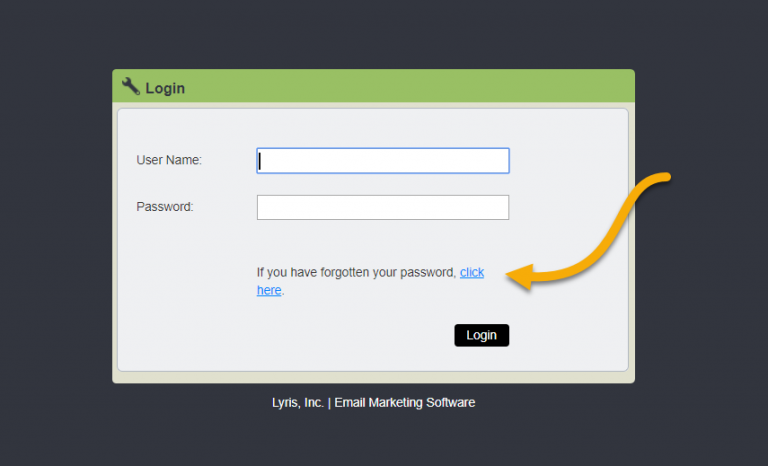

Enter your confirmation code and click "Next".Google will text or call you with a six-digit code (you will need to write it down if you receive a call).However, if you prefer to receive a call, any phone will do. If you wish to receive a text message, this should be your cell phone. Enter your phone number, including your area code, in the box provided, and decide whether you want to get a text message or a call from Google.We are configuring it here in order to enable app-specific passwords, but you will never need to use it once you're done with this process - we know this is unusual, but it is the only way to support old versions of Mac OS. Scroll down to locate and click on "2-Step Verification" 2-step verification is a way of telling Google to use something in addition to your password to verify your identity when you log in.


You should receive emails from Google during this process. It can be a mobile phone capable of receiving text messages, or any phone that can accept an incoming call. You will need a phone to complete the next set of steps. Once you've set it up, it works forever or until you decide to turn it off. Unlike your Carleton password, you will not need to remember the app-specific password once you've successfully used it to connect your device to GMail, nor will you need to do anything if you change your Carleton password in the future. This is a special password that's linked to your Carleton Google account that you can use to connect computers and other devices to Google services. The first step in configuring Mac Mail or other older clients to connect to GMail is to create what Google calls an 'App-specific password'. If you would like assistance, please don't hesitate to reach out to the ITS Helpdesk at 50 or by emailing guide Enable App-Specific Passwords in Google Because older versions of the Mac OS do not support the newer versions of Mac Mail, there are a few complex steps in this configuration process.


 0 kommentar(er)
0 kommentar(er)
